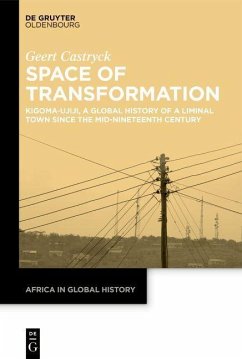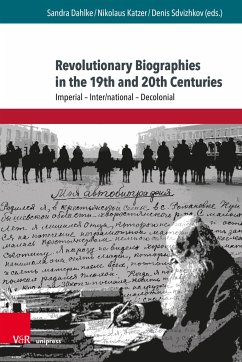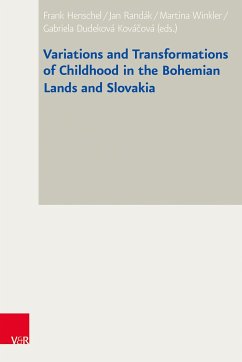
The Non-Religious and the State
Seculars Crafting Their Lives in Different Frameworks from the Age of Revolution to the Current Day
Herausgegeben: Tyssens, Jeffrey; De Nutte, Niels; Schröder, Stefan
Versandkostenfrei!
Sofort lieferbar
49,99 €
inkl. MwSt.

PAYBACK Punkte
25 °P sammeln!
As the number of the non-affiliated and religiously indifferent is on the rise, this book adds a hitherto absent historical dimension to the field of secular studies. It shows a variety of ways in which the non-religious at large - be it organizations, networks or even committed individuals - impact upon the interface between the state and the religious or the non-religious. To what specific legal statuses have these processes led? What elements were taken into consideration when making these decisions? Who opted for a recognition of a non-confessional lifestance and why? Conversely, who opted...
As the number of the non-affiliated and religiously indifferent is on the rise, this book adds a hitherto absent historical dimension to the field of secular studies. It shows a variety of ways in which the non-religious at large - be it organizations, networks or even committed individuals - impact upon the interface between the state and the religious or the non-religious. To what specific legal statuses have these processes led? What elements were taken into consideration when making these decisions? Who opted for a recognition of a non-confessional lifestance and why? Conversely, who opted for a wall of separation and why? Are things that clear cut? Doesn't the variety of choices and frameworks offer a more varied spectrum? What continuities and discontinuities are to be observed in the history of seculars and their organizations? These patterns, divergent and entangled, are developed and explained within the broader conception of 'multiple secularisms'.












